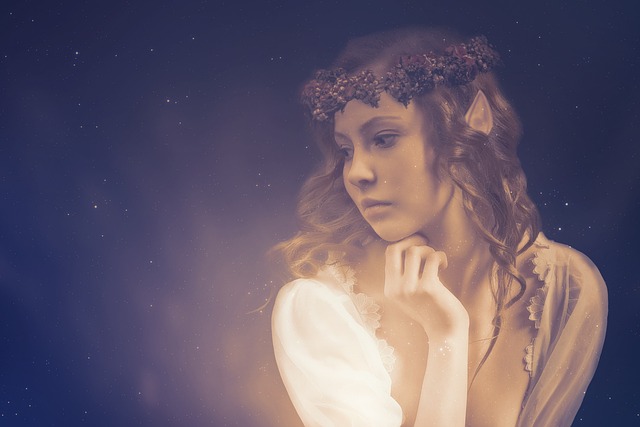Mastering Exposure: A Dive into Image Processing Techniques
Have you ever captured a photo where the lighting just didn’t feel right? Maybe the highlights are blown out, or the shadows are swamped in darkness—making the scene lose its essence and emotion. This struggle is familiar to anyone who’s passionate about photography or image creation. Understanding and mastering exposure is the key to transforming ordinary images into captivating visual stories. And at the heart of this transformation lies image processing.
The Importance of Exposure in Photography
Exposure isn’t just a technical detail—it’s the language with which your photo speaks. It determines how light or dark your image appears, influencing mood, clarity, and even the narrative behind the shot. Poor exposure can strip away the vibrancy and texture that make an image compelling. On the flip side, mastering exposure allows you to reveal hidden details in shadows, soften harsh highlights, and bring balance to your composition.
What Role Does Image Processing Play?
Image processing is the powerhouse that helps photographers and creators take control of exposure after the photo has been taken. Through techniques such as adjusting brightness, contrast, curves, and levels, you can finesse the exposure of your image to match your vision. Whether it’s rescuing an underexposed shot or adding dramatic flair with high contrast, image processing is where creativity meets technical skill.
Techniques to Master Exposure Through Image Processing
- Histogram Analysis: Use histograms to visualize the tonal distribution of your image. A well-balanced histogram guides you in tweaking exposure to avoid clipping shadows or highlights.
- Curve Adjustments: The curves tool is like a painter’s brush for exposure. It lets you selectively brighten mid-tones, deepen shadows, or soften highlights with finesse.
- Gradient Masks: Utilize gradient masks to control exposure adjustments selectively—ideal for landscapes where the sky might be brighter than the foreground.
- Exposure Bracketing and HDR: Merge multiple exposures to create a balanced image that captures details across all brightness levels.
- Dodge and Burn: These age-old techniques, now digital, allow you to enhance specific areas by lightening or darkening to add depth and dimension.
Feeling Connected with Your Images
When you start to master exposure through image processing, you’ll notice a deeper connection with your images. You’re not just editing—you’re breathing life back into your photos, allowing the story and emotion to surface. It feels rewarding to know that with every adjustment, you’re closer to the vision you imagined when you first clicked the shutter.
So next time you find yourself wrestling with a photo that feels off, remember that exposure is not an enemy—it’s an opportunity. By embracing the art and science of image processing, you’ll unlock new dimensions in your photography, making every image a masterpiece in its own right.



